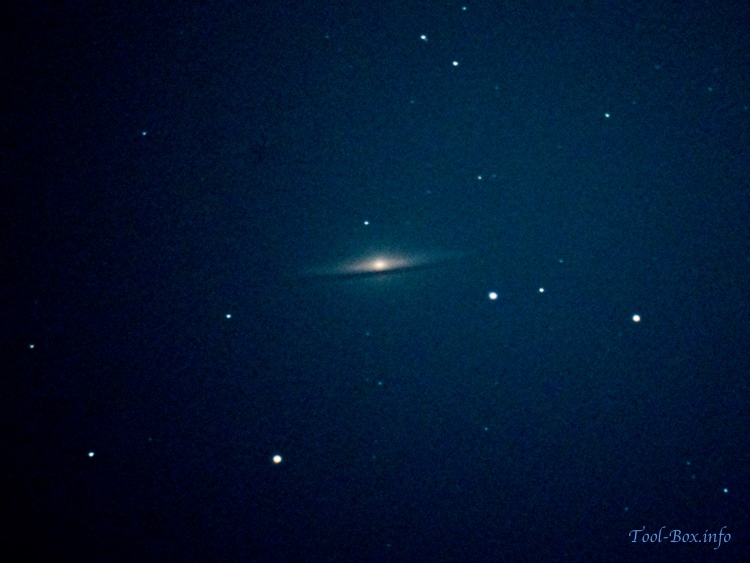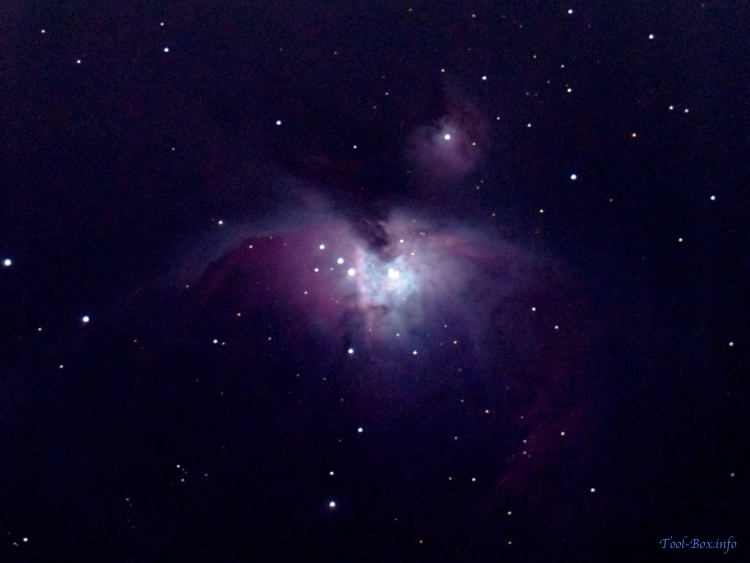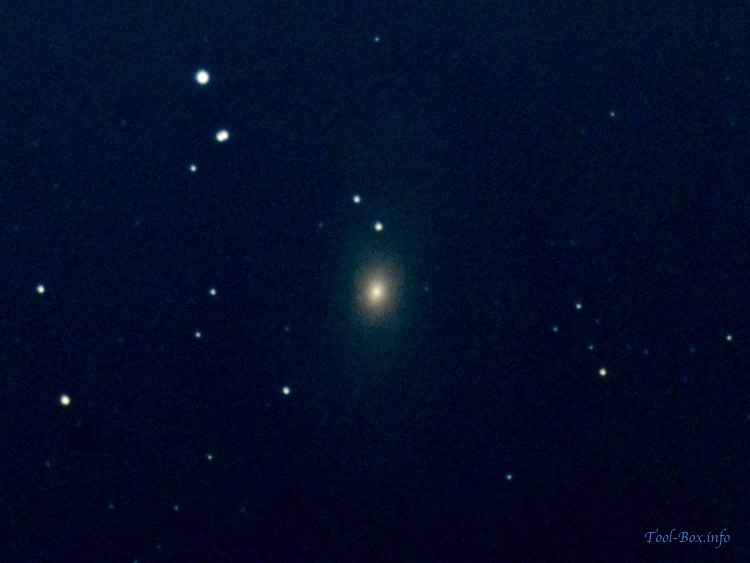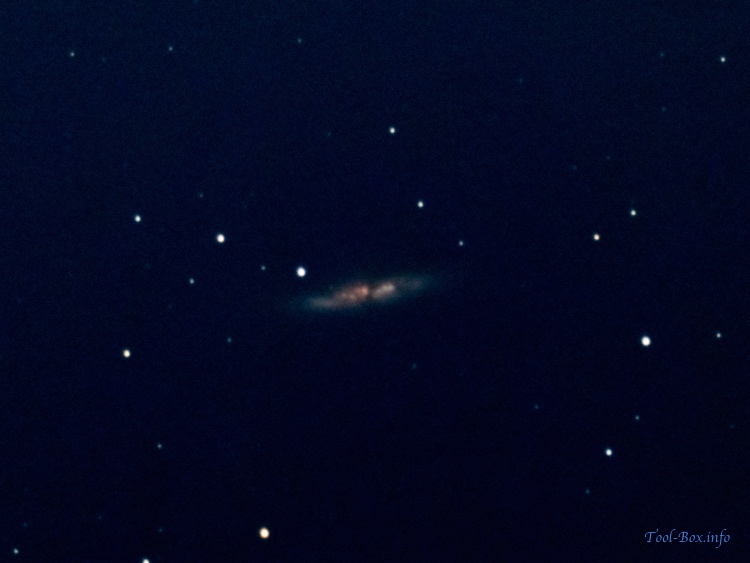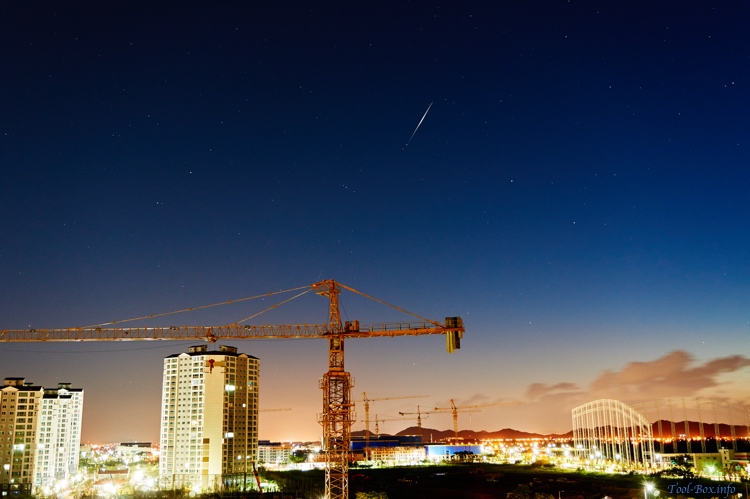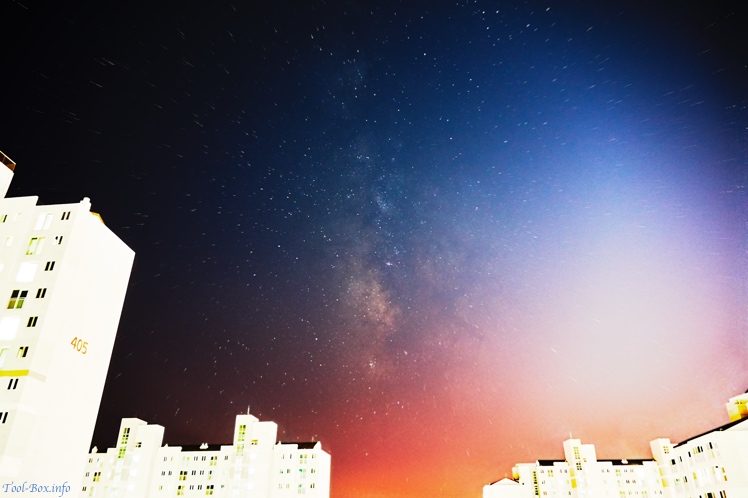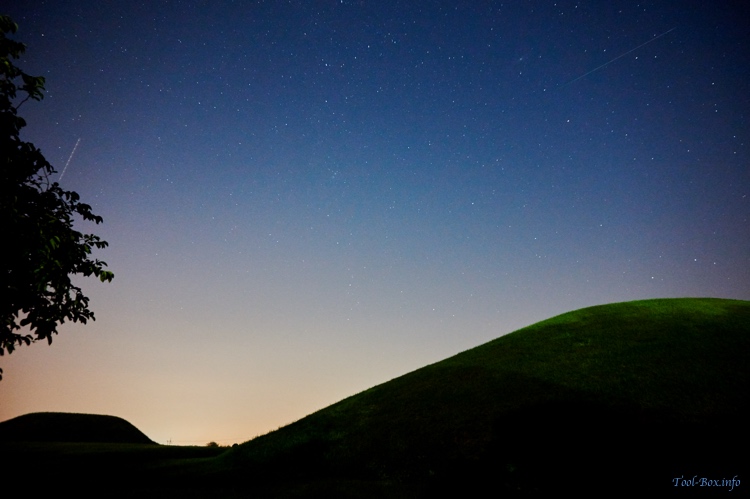Sombrero Galaxy
Posted by Wesley onI was looking to photograph a galaxy that was shaped distinct enough to look like something other than a blob of fuzzy light ball under limited equipment and conditions. Looking through the available targets, I picked out the Sombrero Galaxy, also known as Messier 104. This is a spiral galaxy in the Virgo constellation that resembles the shape of a sombrero, a Mexican style wide-brimmed straw hat.
As you can see here, the observation and the photography were successful. The "brim" definitely makes the galaxy easily identifiable, helped by the use of a filter to cut down the ambient light pollution. The photo isn't quite as smooth as I liked due to the field rotation inherent in the Alt-Az mount. This prevented me from using an exposure time longer than a minute, and I had to compensate with a high ISO setting.
Telescope: Celestron NexStar 6SE
Device: Sony A5000 (prime focus)
Settings: (1500mm) - ISO 3200 - 60s - (f/10)
Filters: Baader Moon & Skyglow
Time: 2018-04-18 23:08 ~ 2018-04-19 00:48 KST
Location: Naju, Korea
7 photos stacked with DeepSkyStacker 3.3.4
Defined tags for this entry: astronomy, camera, Celestron NexStar 6SE, galaxy, Sombrero Galaxy, Sony A5000, star
